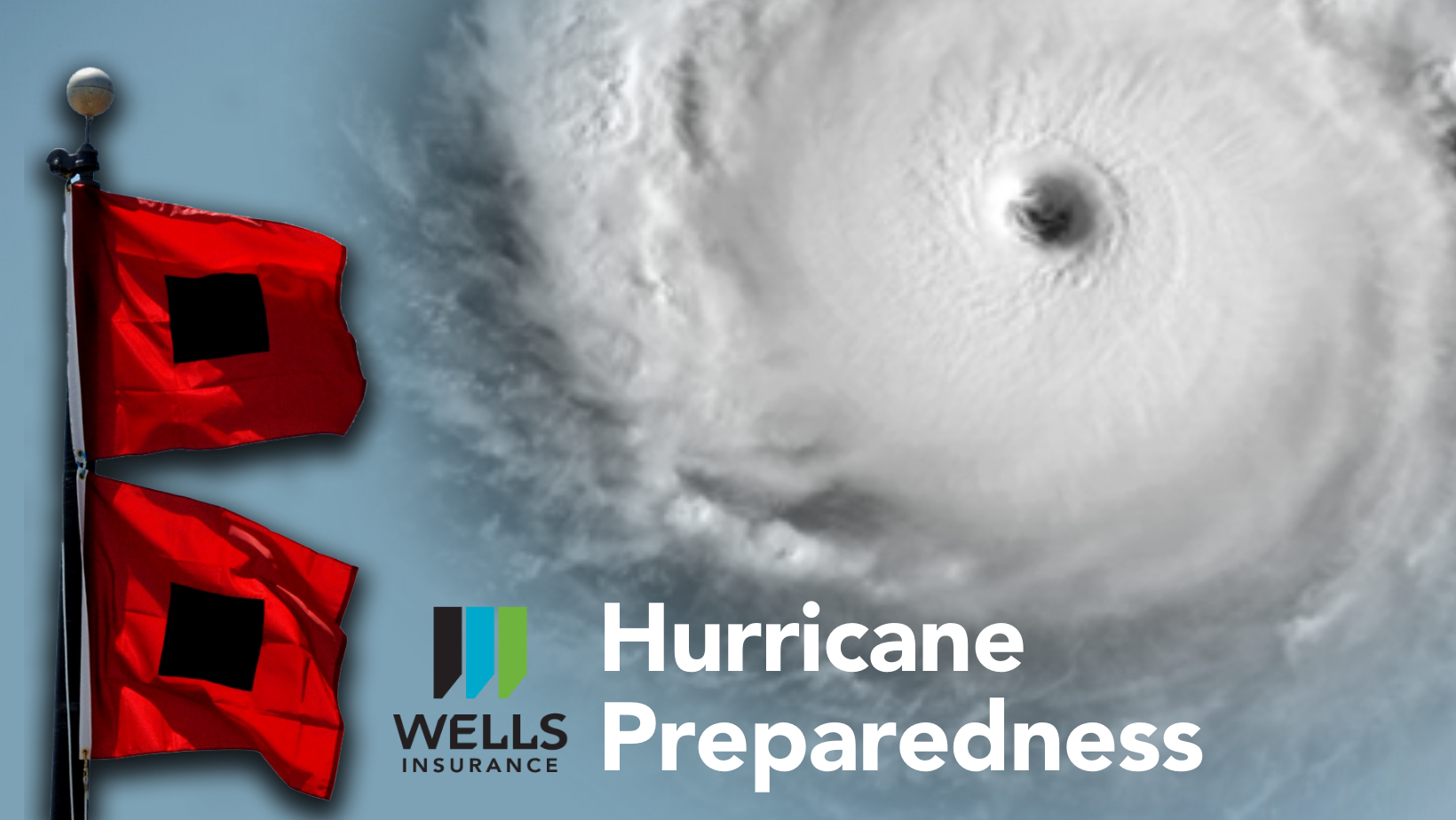
Hurricane Preparedness Week
Hurricanes are massive storm systems that form over ocean water and often move toward land. Threats from hurricanes include high winds, heavy rainfall, storm surge, coastal and inland flooding, rip currents, and tornadoes. The heavy winds of hurricanes can cause damage or destroy homes, buildings, and roads, as well as cause power, water, and gas outages. These effects can injure or kill people, disrupt transportation, and pollute drinking water. Hurricanes cause deaths and injuries primarily from drowning, wind, and wind-borne debris. The impact from hurricanes can extend from the coast to several hundred miles inland. To find your risk, visit FEMA’s “Know Your Risk Map.” Be better prepared for this hurricane season, and learn more at ready.gov/prepare.
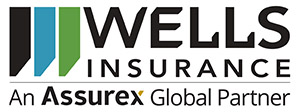
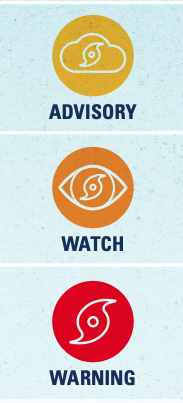
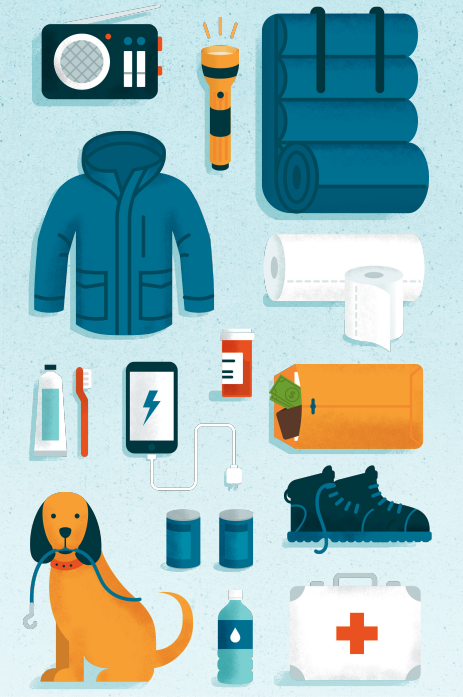
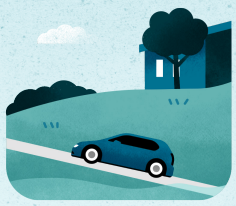
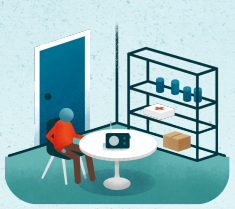
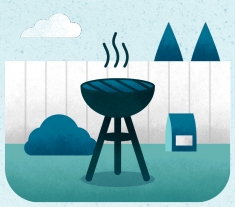
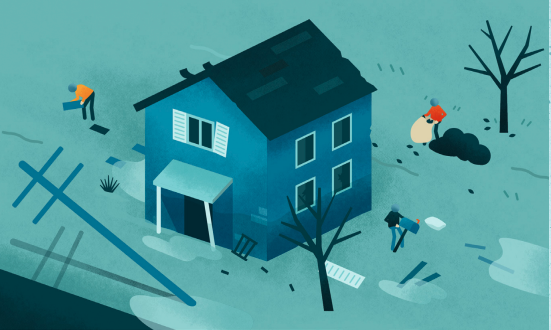



Leave a reply